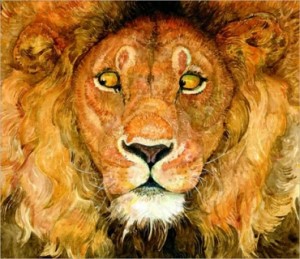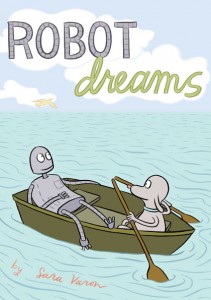Posted: 21 Jun 2012 08:56 PM PDT from the blog ReaderKidZ <diannewrites@gmail.com>
If we’re trying to help our kids learn to read, why read wordless picture books? Isn’t reading all about letters and words?
Yes and no.
Reading is: to inspect and apprehend the meaning of writing or other signs or characters. (Thanks, dictionary.com based on the Random House dictionary!) So, reading a book means gaining meaning from the words and from the pictures. Here are some key reading skills kids build when they read wordless books:
1. Comprehension as they follow the story shown in the pictures
2. Print concepts (we read top to bottom, left to right)
3. Sequencing
4. Inferring
5. Predicting
6. Vocabulary
How can a wordless book build a child’s vocabulary? Research led by professors Sandra Gilliam, Ph. D. and Lisa Boyce, Ph. D. from the Emma Eccles Jones College of Education and Human Services at Utah State University showed that mothers used more complex language when sharing a wordless book with their children than they did when they made comments while reading a book with words.
(Utah State University Study Shows Parents Are More Engaged With Their Children When Reading Books Without Text June 07, 2011, www.Businesswire.com retrieved June 15, 2012)
And of course, the most important reason to share wordless books is because these books draw kids into a world where even those who struggle with letter recognition can successfully read a fantastic story. Here are three of my favorites:
For the youngest readers:
Chalk by Bill Thomson (Marshall Cavendish, 2010) Thomson’s photorealistic art always amazes me. Three children find a bag of chalk on the playground. When they start to draw, their pictures come to life! Have plenty of chalk on hand after reading this book, and make space on your driveway for your sure-to-be-eager artists.
For transitional readers: The Lion & the Mouse by Jerry Pinkney (Little, Brown & Co., 2009) This book won the Caldecott medal, with good reason. It is a gorgeous “retelling” one of Aesop’s fable. Young ones will enjoy the art, and older ones can discuss the deeper layers of the fable.
The Lion & the Mouse by Jerry Pinkney (Little, Brown & Co., 2009) This book won the Caldecott medal, with good reason. It is a gorgeous “retelling” one of Aesop’s fable. Young ones will enjoy the art, and older ones can discuss the deeper layers of the fable.
For older readers:
 Robot Dreams by Sara Varon (First Second, 2007) Wordless books aren’t exclusively for “little kids”. This graphic novel is over 200 pages and deals with themes of friendship, loss, and forgiveness.
Robot Dreams by Sara Varon (First Second, 2007) Wordless books aren’t exclusively for “little kids”. This graphic novel is over 200 pages and deals with themes of friendship, loss, and forgiveness.